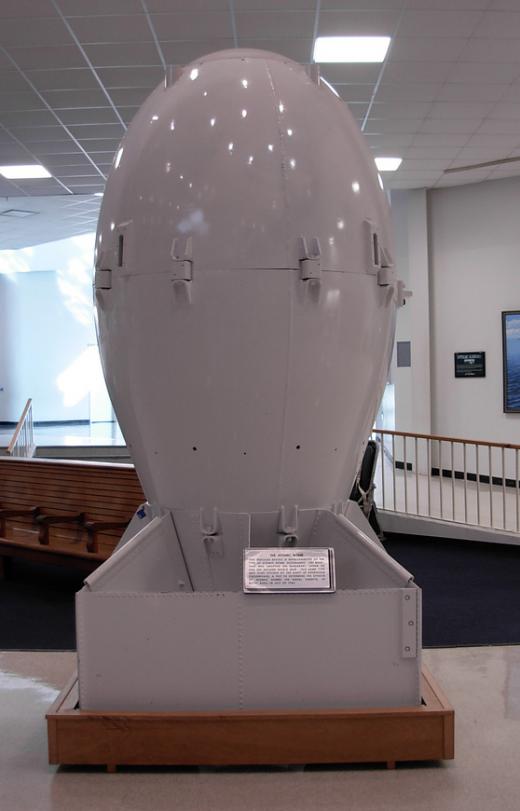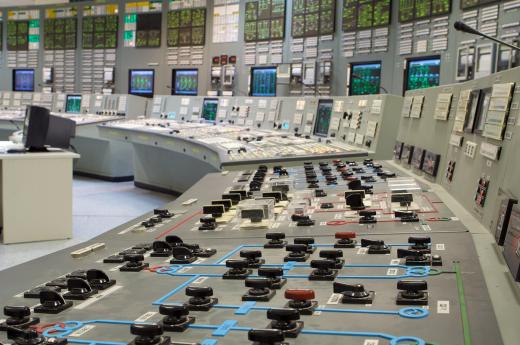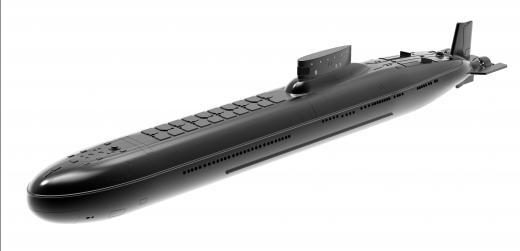What Was the Atomic Age?
 Michael Anissimov
Michael Anissimov
The Atomic Age refers to the era immediately following the detonation of the first atomic bomb in 1945, to the early 1960s or so, when enthusiasm over nuclear power took a downturn. The phrase "Atomic Age" encompasses the enthusiasm felt by many after the discovery of atomic power and weaponry. People felt like they were on the brink of a new era of civilization, where everything would be powered by atomic energy, from cars to planes to trains to homes to rocket ships.
However, the looming threat of atomic apocalypse throughout the Cold War, along with a couple of nuclear accidents, quickly decreased enthusiasm for nuclear technology. Regardless, many have argued it is returning in the present, in no small part due to the appeal of nuclear power as a primary energy source without emissions.

Exposed to nothing but chemical power sources for our entire history, it is to be expected that humanity would have great enthusiasm after the discovery of a new power source. A single kilogram of uranium, burned in a conventional nuclear reactor, produces more energy than 200 barrels of oil. Pundits predicted "energy too cheap to meter" and a utopian society. In 1958, Ford presented their nuclear-powered concept car, the Ford Nucleon. The Defense Department created a supersonic low-altitude nuclear powered missile in Project Pluto. Various designs for nuclear-powered aircraft were being tossed around.

What caused the collapse of the atomic age was not just the specter of nuclear war, but also the true challenges and capital costs of nuclear power. Nuclear power plants require heavily shielded reactor vessels, and extremely complex safety equipment operated by competent personnel (The Simpsons notwithstanding). Although we are making progress on reducing the cost today, it has already been more than 50 years since the first nuclear reactor, and there's still a lot more work to be done. Future nuclear reactors based on thorium rather than uranium, for example, would present no meltdown or proliferation risk.

The Atomic Age did have one successful legacy - the US Navy's fleet of nuclear-powered aircraft carriers and submarines. These are the United States' nuclear trump card to this very day, not only capable of being powered by nuclear energy, but in the case of submarines, doling it out for massive destruction should the need arise.
AS FEATURED ON:
AS FEATURED ON:














Discuss this Article
Post your comments